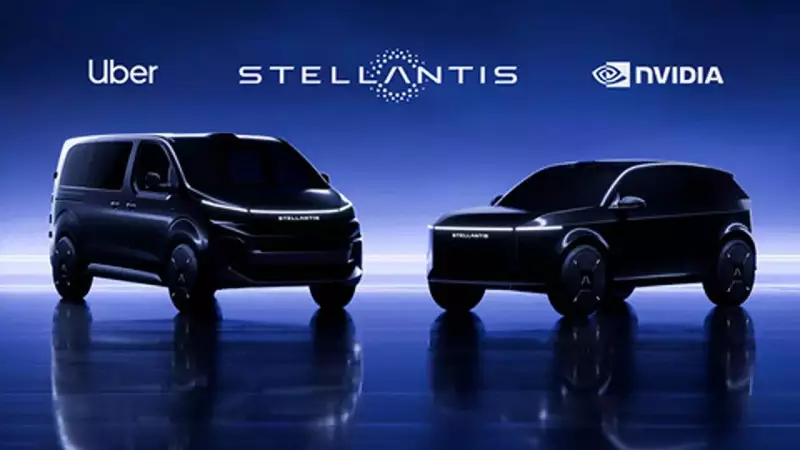
In a strategic move that could reshape the autonomous vehicle landscape, Uber has joined forces with technology giant Nvidia to accelerate its self-driving ambitions. This powerful partnership positions Uber as a serious contender against established players like Elon Musk's Tesla and Google-owned Waymo.
The Technology Powering Uber's Autonomous Future
At the heart of this collaboration lies Nvidia's cutting-edge DRIVE Thor platform, a revolutionary system-on-a-chip designed specifically for autonomous vehicles. This advanced technology will power Uber's next-generation self-driving vehicles and delivery robots, providing the computational muscle needed for safe and efficient autonomous operations.
Nvidia's DRIVE Thor represents a quantum leap in automotive computing, capable of consolidating numerous distributed systems into a single, powerful unit. This integration significantly enhances performance while reducing complexity and costs.
Uber's Strategic Shift in Autonomous Strategy
Uber's approach to autonomous technology has evolved significantly over the years. After selling its self-driving unit to Aurora Innovation in 2020, the company is now adopting a partnership model that leverages Nvidia's expertise while focusing on its core ride-hailing and delivery services.
The collaboration extends beyond just passenger vehicles. Uber plans to deploy Nvidia-powered autonomous technology across its entire ecosystem, including:
- Self-driving ride-hailing vehicles
- Autonomous delivery robots for Uber Eats
- Long-haul trucking solutions
- Last-mile delivery innovations
The Competitive Landscape Heats Up
This partnership creates a formidable new player in the autonomous vehicle race. While Tesla has been dominating headlines with its Full Self-Driving technology and Waymo has established commercial robotaxi services in several cities, the Uber-Nvidia alliance brings together two industry titans with complementary strengths.
Nvidia's proven track record in AI and computing combined with Uber's massive transportation network and real-world data creates a potent combination that could accelerate the adoption of autonomous technology at scale.
What This Means for the Future of Transportation
The implications of this partnership extend far beyond corporate competition. The successful implementation of Nvidia-powered autonomous technology in Uber's fleet could:
- Reduce transportation costs for consumers
- Improve road safety through advanced AI systems
- Create new business models in the mobility sector
- Accelerate the transition to sustainable transportation
As the race for autonomous dominance intensifies, this collaboration demonstrates that partnerships between technology providers and mobility platforms may be the key to unlocking the true potential of self-driving vehicles.
